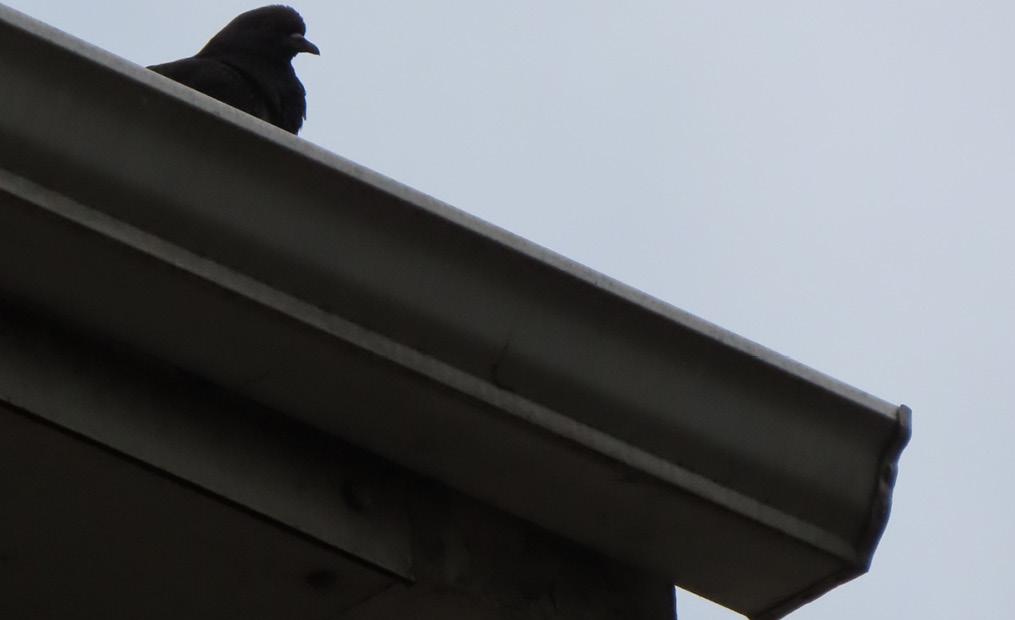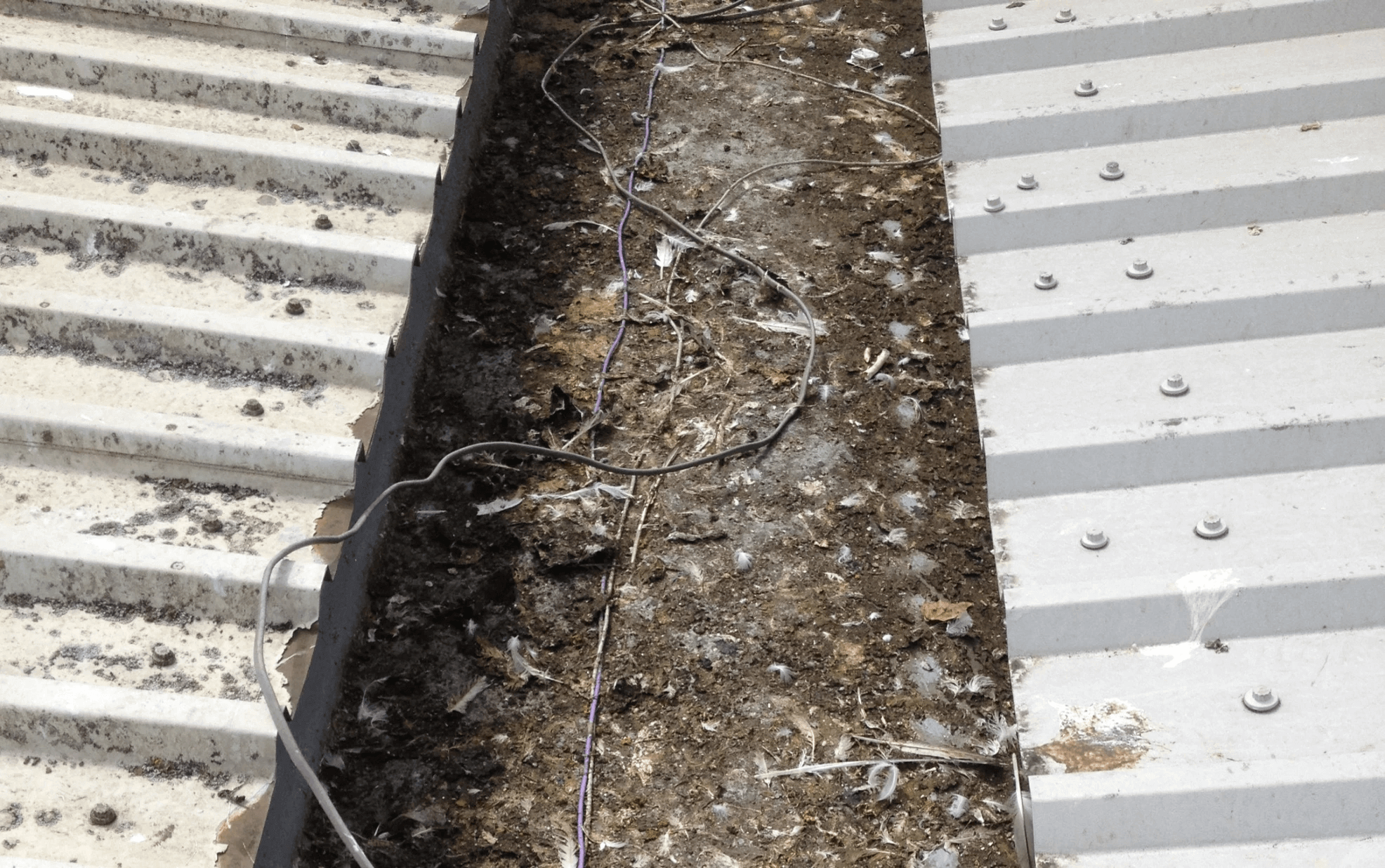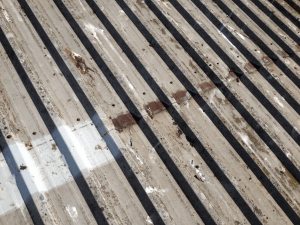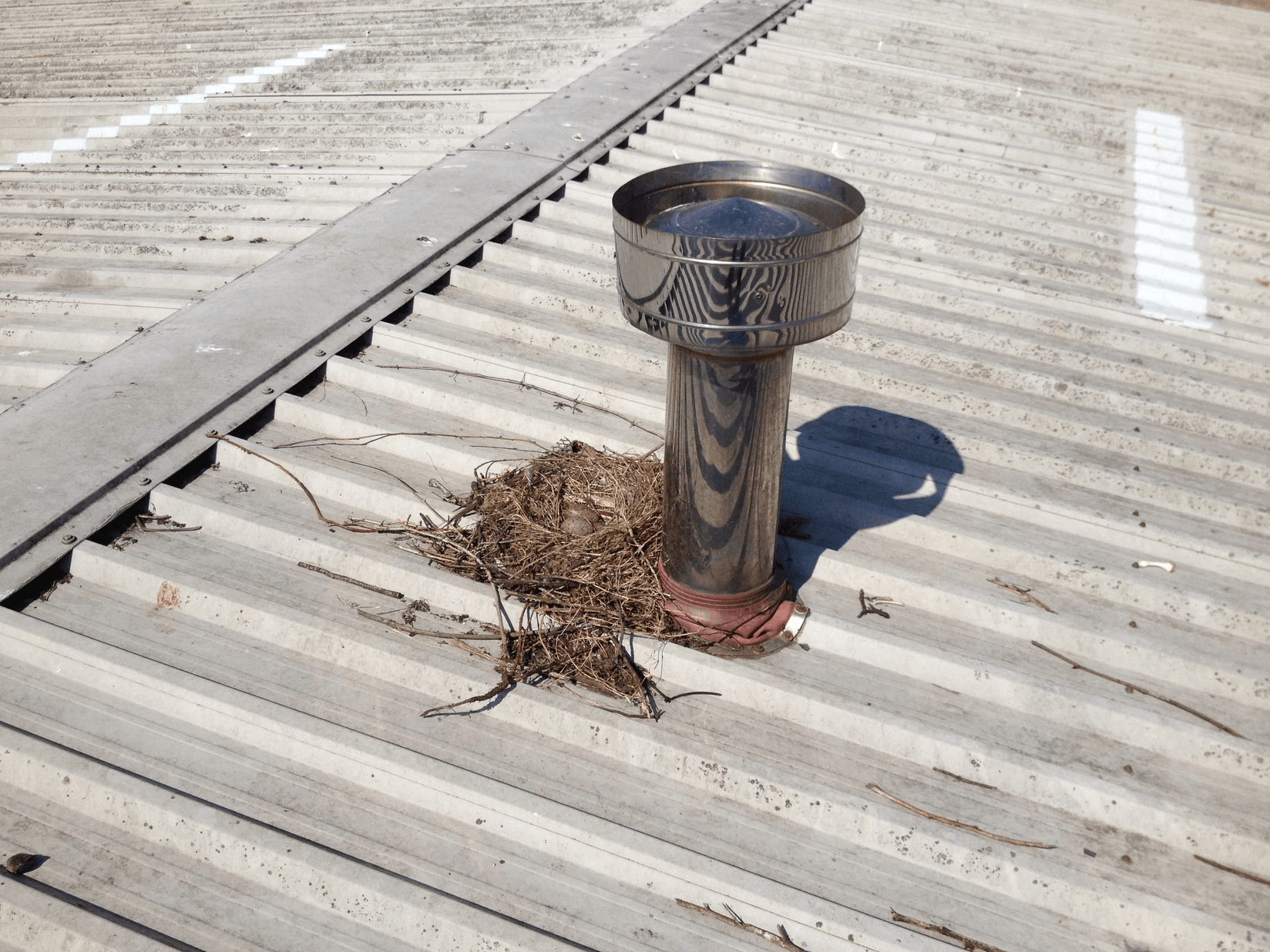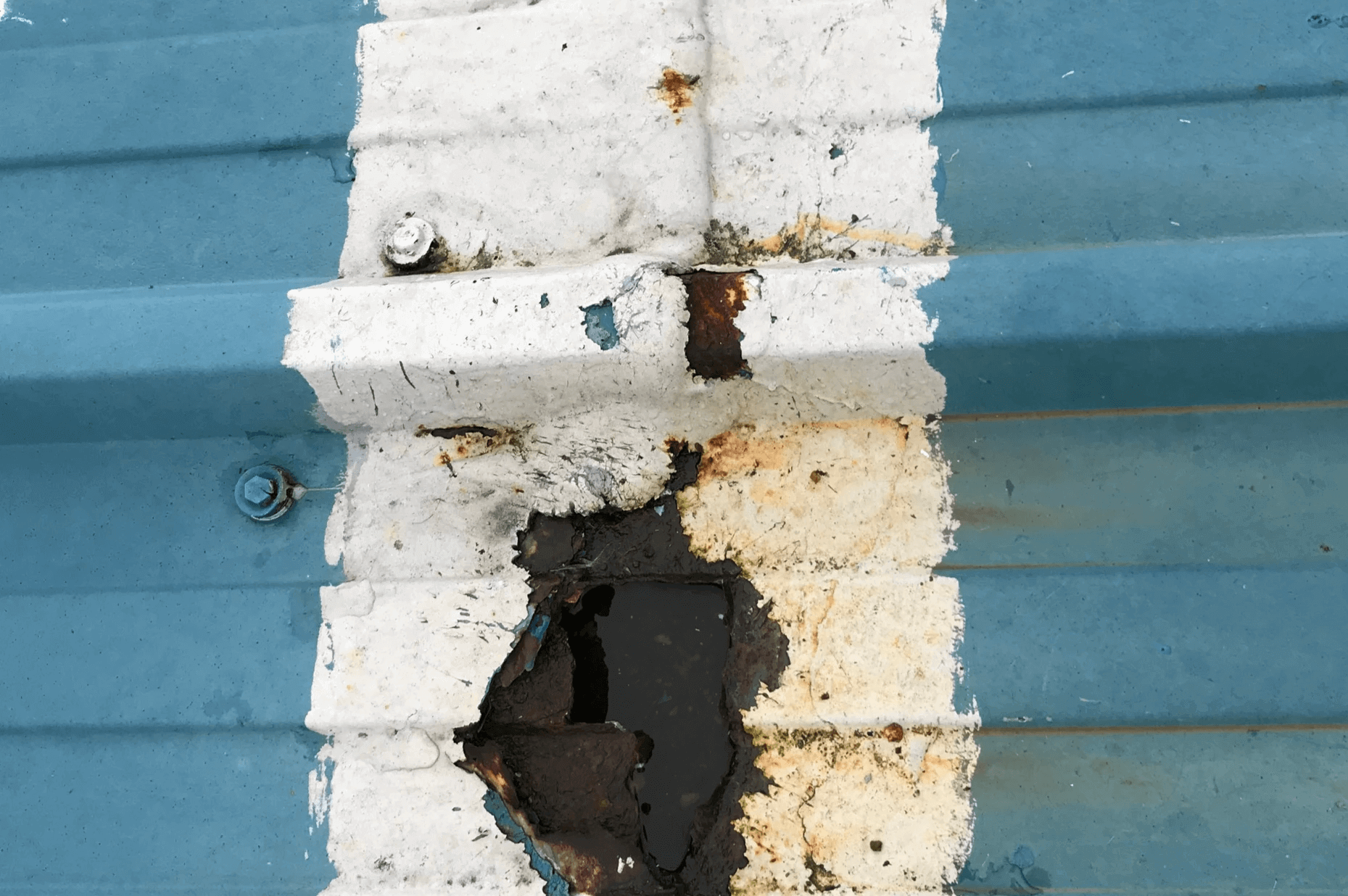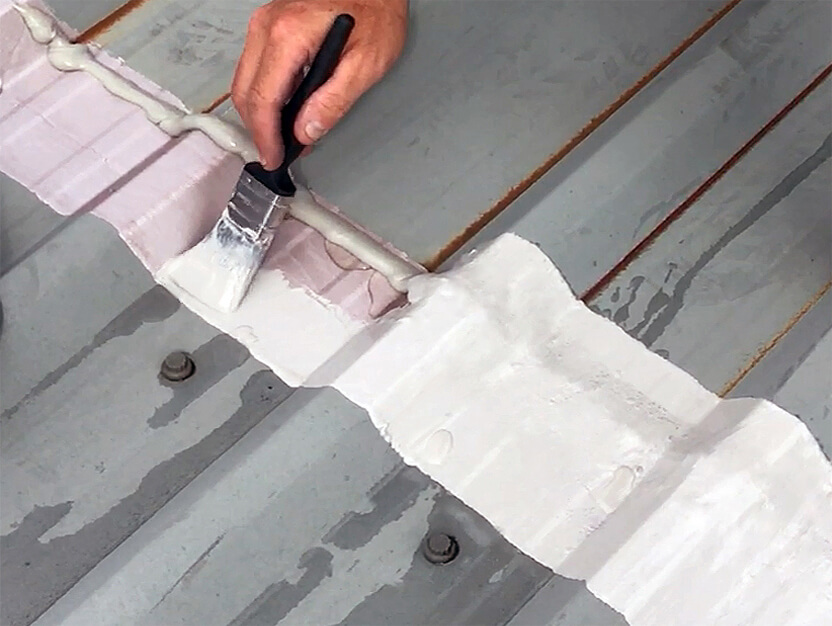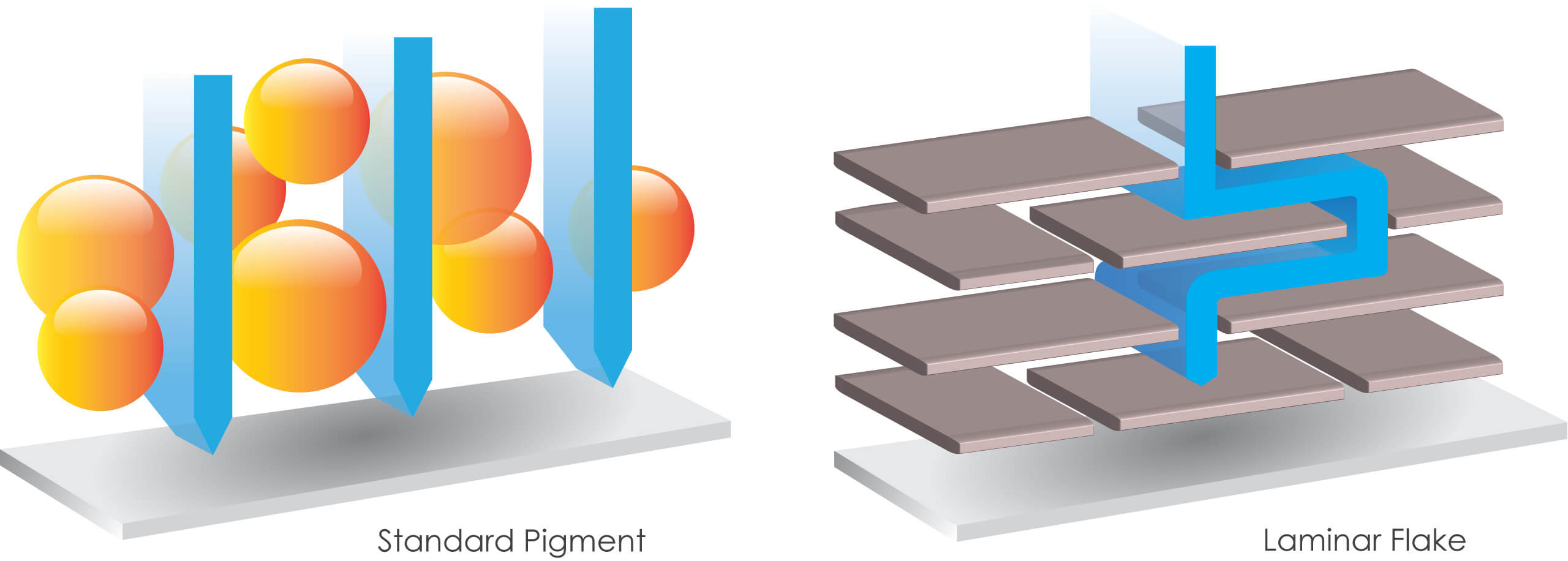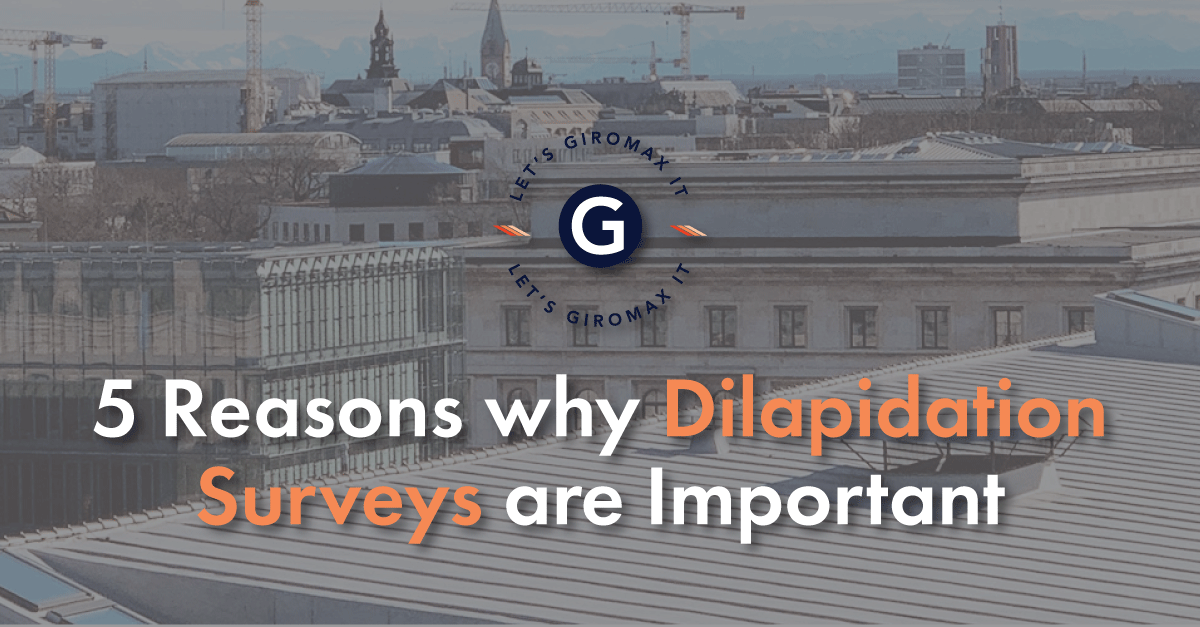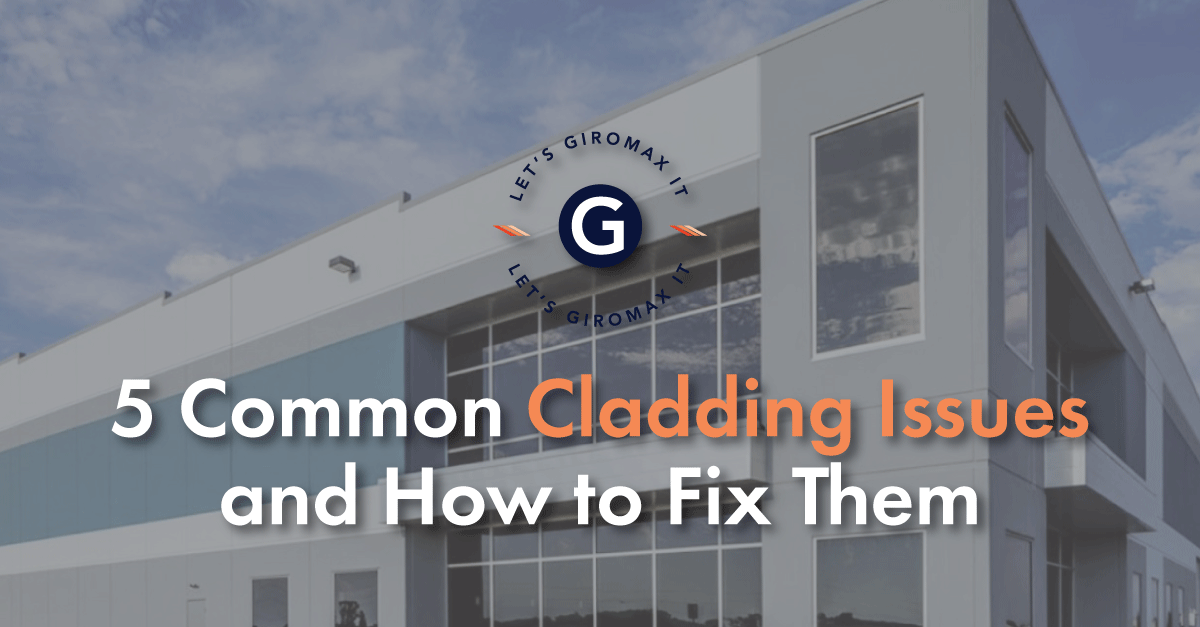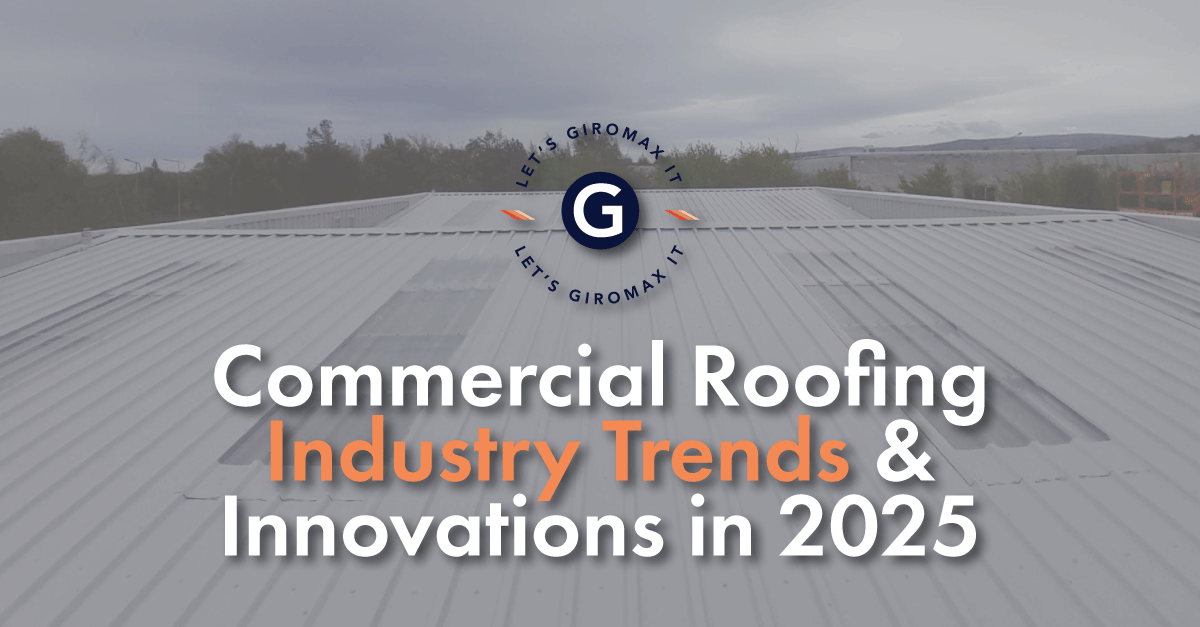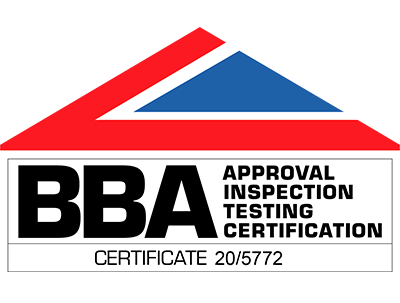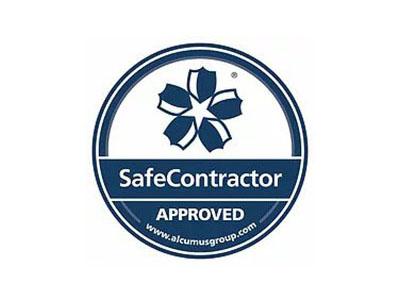Do birds cause roof damage?
A common problem we come across is the impact on rooftops caused by birds. But do birds cause roof damage? Richard Sclater, our Technical Director, discusses the challenges of bird attack and why our Giromax® products offer a highly resistant solution.
Bird Attack – Repeated Damage
One of the main issues Giromax faced in the treatment of cut edge corrosion was the repeated damage to silicone installations from birds, especially gulls and crows. Many of the projects undertaken were located near to ready sources of bird food. These were usually close to fast-food outlets or recycling centres, which often attract nesting colonies to the surrounding roofs.
The following reasons explain why the continual presence of roosting birds on a roof can be an unwelcome and costly nuisance.
Clogged Drains and Gutters
Bird detritus clogs gutters and outlets. When drainage is obstructed, excessive standing water accelerates gutter degradation, reducing service life. If a high enough volume of water collects, water ingress to the building is possible.
Disease
Birds pose a risk to health from parasites and transmittable bird-borne diseases. Inhaling and ingesting micro-organisms from bird droppings can result in serious health problems. Diseases can be transmitted into the building through roof leaks or maintenance personnel, where food contamination could be a problem.
Rooftop Work
Birds can create a safety hazard for rooftop workers. Bird droppings can be very slippery. The risk of slipping and falling is increased when birds have been on the roof. Nesting birds may swoop and dive at maintenance personnel, creating dangerous working conditions.
Attic Scavenging
If a bird manages to access an attic space, this can cause significant damage to both the interior of the roof and any items that are being stored. You would need to identify the entry points and try to seal these up to prevent any potential scavenging.
Compromised Chimneys
Chimneys are attractive nesting grounds for birds. Blocked chimneys can restrict airflow, which could potentially increase smoke and carbon monoxide fumes within the building. Occasionally, fledglings can fall out of the nest and down through the chimney. It’s advisable to use a chimney sweep to regularly clean a chimney that is in use as a fireplace.
Damage Caused by Acidic Bird Droppings
Bird droppings have a high uric acid content. Unless the droppings are regularly cleaned away, they can accumulate over time, causing wear and tear to most roofing materials. If left unchecked, this could affect the integrity of the roof and its lifespan.
Damage Caused by Pecking at Roof Shingles
Birds enjoy pecking away at all different types of materials, including roof shingles made from asphalt or wood. The birds’ intention might be to use this material for their nests or due to boredom. But even a few small tears can result in issues such as water leaks.
Coating Damage
Bird pecks can result in serious damage to roof systems. Pecking birds cause punctures to coatings and membranes, increasing the likelihood of leaks. In the case of silicone-based, cut edge treatments, birds’ curiosity towards any work activity means they naturally investigate. They will then often test newly applied material to destruction.
Repeated Attacks – Old & New
When it came to roof treatments, it wasn’t just fresh material that suffered.
Revisiting older installations often revealed recent and repeated bird attacks. The prepared substrate had re-corroded, affecting the edge either side of the damage, even creeping onto the lower sheet.
This is particularly frustrating for the client, who has paid for what they believed would be long-term protection. It’s also frustrating for the contractor, who has to return to a completed project, often within weeks, to reinstate the system they’d worked hard to install.
The ‘standard’ response to bird damage is that it’s easily repaired with further material. But in reality, such repairs involve a protracted negotiation with the occupiers.
HSE provision requires additional access costs, insurance, contractor admin and, equally difficult to plan for – dry weather conditions governing at least two visits. And although Giromax always offered assistance with free issue materials, this in itself was never a long-term or satisfactory solution.
Giromax® Edgecoat
Giromax® Edgecoat was specifically developed to supersede the design limitations of older silicone treatments. It overcomes both the dependence on moisture-free corrosion control and the vulnerability to impact and abrasion damage, especially from bird attack.
Giromax® Edgecoat uses the latest hybrid technology to utilise a silane terminated polymer backbone. This takes full advantage of the properties of both silicone and urethane. It has been developed to overcome the limitations of silicone in terms of application and wear.
Fully moisture tolerant, the system can be applied on damp surfaces, removing application restrictions and performance limitations. The Giromax® sealant also incorporates glass laminar flake technology to stabilise lap corrosion. This achieves edge encapsulation by hardening to a tough elastic coating with high impact absorption and damage resistance.
FAQS
Can birds nesting in roofs cause damage?
Once established in nests, the damage arises out of birds’ natural curiosity towards their surroundings. Birds constantly test roof structures by disturbing roofing materials, as they search for food and burrowing insects.
Can birds damage rubber roofs?
Similar to silicone coatings, birds enjoy pecking and clawing away at rubber roof coverings. The problem with rubber as a roofing material is the fact that it deteriorates when wrapped around guttering and when used to seal air conditioning units. When birds nest on rooftops, they have easy access to pack away at rubber, causing rips and holes to appear.
Can pigeons damage your roof?
One of the main problems with pigeons is the high acid content of their droppings. As pigeons tend to congregate in large groups, this also places extra strain on guttering and roofing, as well as blocking downpipes and drains. If water starts to pool, this places pressure on the roof, which can lead to leaks and corrosion of any cut edges.
Giromax® has developed a range of silicone-free products resilient to bird attacks, including advanced solutions for cut edge corrosion.
If you need advice on protecting your industrial roof from bird damage, speak to the Giromax team or call 01455 558969 today.
Get updates from us
Sign up to our newsletter to receive all the latest news and insights from Giromax Technology.
Subscribe to NewsletterRelated articles
5 Reasons why Dilapidation Surveys are Important
Dilapidation surveys protecting your roof investment, ensuring compliance and safety standards, and accurate repair and maintenance planning.
5 Common Cladding Issues and How to Fix Them
Common cladding issues include cracking and structural damage, water ingress and moisture-related problems. We explore ways to fix cladding.
5 Commercial Roofing Industry Trends & Innovations in 2025
The latest commercial roofing industry trends include smart roofing technology, IoT, sustainable roofing solutions and advanced roof coatings…

